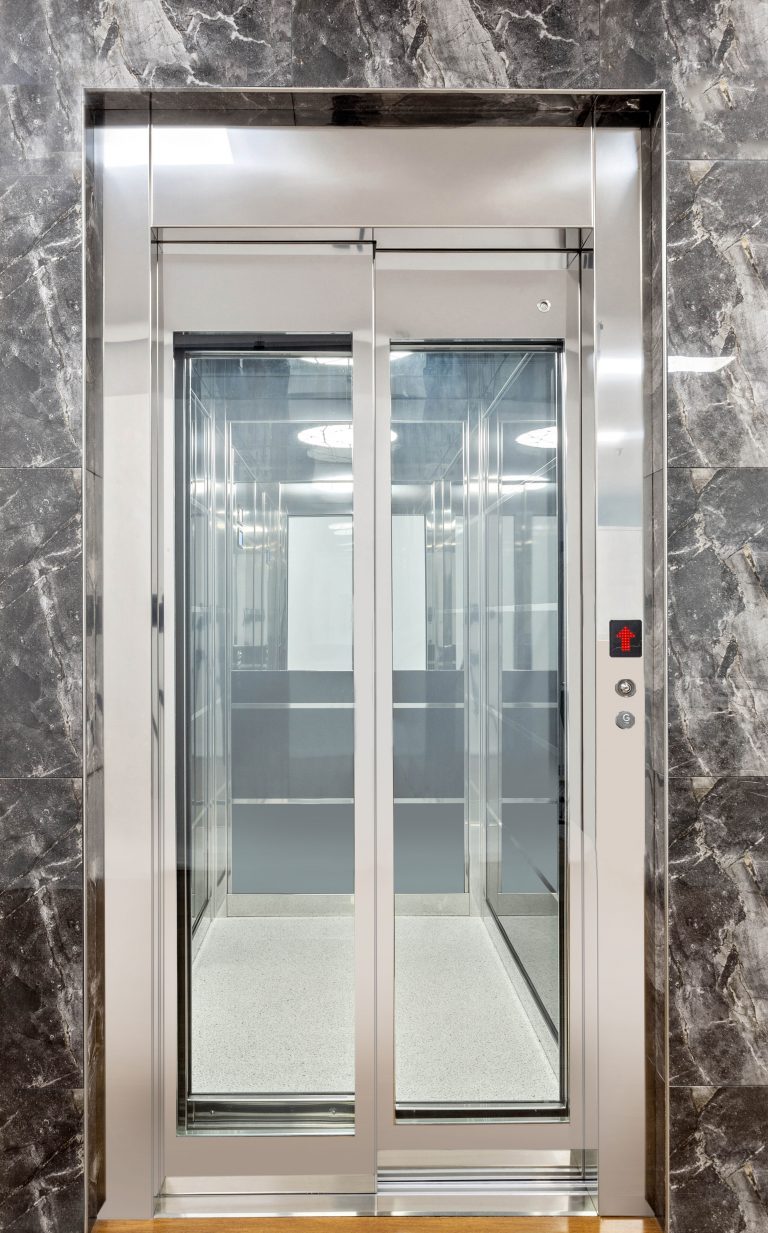London Lift Company: Providing Comprehensive Lift Solutions Throughout the Capital
London Lift Company: Providing Comprehensive Lift Solutions Throughout the Capital
Blog Article
Exploring the World of Elevators: Typical Problems Encountered by Numerous Lift Devices
As we browse with the vertical transportation systems of contemporary structures, lifts stand out as an essential component of our every day lives. Nevertheless, behind their smooth operation lies a world of complex mechanisms that can in some cases encounter challenges. From hydraulic lifts to grip systems and machine-room-less designs, each lift kind includes its set of usual issues. Understanding these obstacles is critical for ensuring the smooth functioning of these crucial systems. Let's explore the complexities that underlie the operation of elevators and the possible problems that can arise, dropping light on the intricate internet of lift devices.
Hydraulic Elevators
Hydraulic lifts, commonly favored for low-rise buildings, use fluid stress to manage the activity of the elevator vehicle (lift repair companies). This mechanism includes a hydraulic pump pressing oil right into a cyndrical tube, causing the elevator to relocate the wanted direction. While hydraulic lifts are recognized for their smooth and quiet procedure, they do include their very own set of common problems
One widespread issue with hydraulic lifts is oil leakage. Additionally, problems with the control system, such as defective valves or a malfunctioning pump, can cause disruptions in the lift's activity.
Routine maintenance and timely repairs are vital to ensure the smooth performance of hydraulic elevators. By resolving these usual problems proactively, building proprietors can decrease downtime and ensure the safety and security and performance of their vertical transport system.
Grip Elevators
When considering vertical transport systems in structures, an additional usual type other than hydraulic lifts is the grip elevator. Traction lifts operate using a system of ropes and counterweights that relocate the elevator automobile by clutching onto the hoist ropes. This system permits smoother and much faster upright transport contrasted to hydraulic systems.
One of the typical issues faced by traction elevators is rope wear. The consistent motion of the ropes within the grip system can result in deterioration in time, potentially creating the elevator to breakdown or end up being hazardous for use. Routine assessments and upkeep of the ropes are vital to make certain the lift's appropriate performance and safety and security.
Another issue that grip elevators might run into is associated to the control system. Issues with the control system can lead to problems such as unpredictable activity, delays in reaction times, and even full closures. Normal screening and upkeep of the control system are vital to stop such concerns and ensure the lift's dependability.
Machine-Room-Less (MRL) Elevators

Among the essential elements a fantastic read of MRL elevators is the small gearless grip equipment that is installed within the hoistway. This maker effectively drives the lift vehicle without the requirement for large tools found in conventional grip lifts. In addition, MRL lifts usually utilize a counterweight system to balance the cars and truck, more enhancing their power effectiveness.
Regardless of their advantages, MRL elevators may face challenges connected to maintenance and fixing as a result of the restricted room for tools installment. Ease of access for servicing elements within the shaft can be limited, calling for specialized training for professionals. Proper maintenance schedules and regular evaluations are critical to make sure the continued smooth procedure of MRL lifts.
Overloading and Weight Limit Issues
Are lifts geared up to deal with excess weight tons efficiently and safely? Overwhelming and weight limitation problems are crucial issues in elevator procedures. Lift producers layout lifts with specific weight capacities to ensure guest security and equipment longevity. Going beyond these weight restrictions can result in numerous issues, including mechanical failures, delays, and safety risks.
When elevators are overloaded, it puts excessive pressure on the electric motor, cables, and other parts, possibly creating breakdowns or malfunctions. If they spot excess weight, security systems such as sensors and overload sensors are in location to avoid elevators blog from relocating. In addition, exceeding weight limitations can cause increased energy intake and deterioration on the elevator system.
To alleviate overloading problems, building managers ought to plainly present weight limits in lifts and inform owners on the value of sticking to these restrictions - lift repair companies. Regular maintenance checks by certified specialists can additionally help make certain that lifts are operating within secure weight specifications. By attending to overloading and weight restriction problems proactively, structure proprietors can improve lift security and efficiency
Electrical System Failings
Surpassing weight restrictions in lifts can not just lead to mechanical problems yet also potentially add to electrical system failures within the lift framework. Electrical system failures are an essential problem in elevator operation, as they can cause unexpected shutdowns, malfunctions, or also safety and security threats.
Regular maintenance and inspections are critical to identify and address potential electrical issues quickly, making sure the secure and reliable procedure of lift systems. By sticking to weight restrictions and carrying out routine electrical system checks, structure proprietors can alleviate the danger of electrical failings in elevators.
Conclusion

Hydraulic lifts, usually preferred for low-rise structures, utilize fluid stress to manage the movement of the lift vehicle.When considering vertical transport systems in structures, another usual type apart from hydraulic lifts is the traction lift. Traction elevators run utilizing a system of ropes and weights that move the lift automobile by grasping onto the hoist ropes. Unlike conventional elevators that require a separate equipment space to house the equipment, MRL lifts incorporate most of the components within the shaft, removing the demand for a devoted equipment area.In verdict, lifts encounter typical problems such as hydraulic malfunctions, traction system failures, and electrical system issues.
Report this page